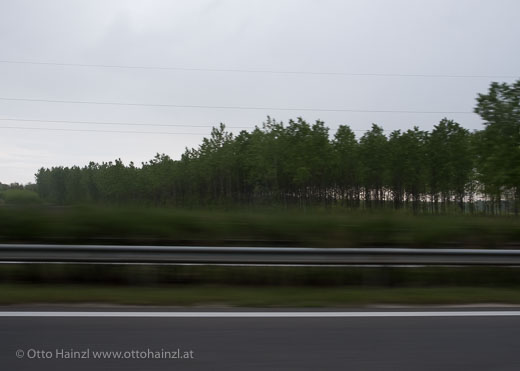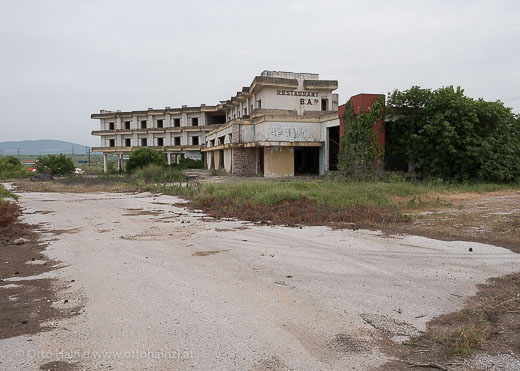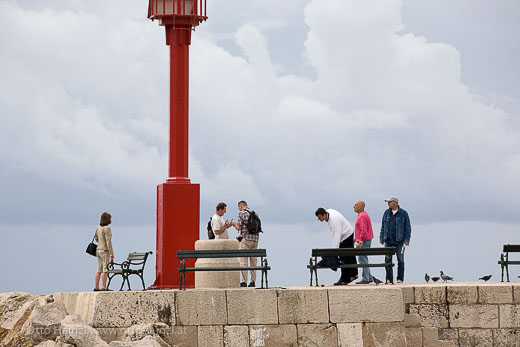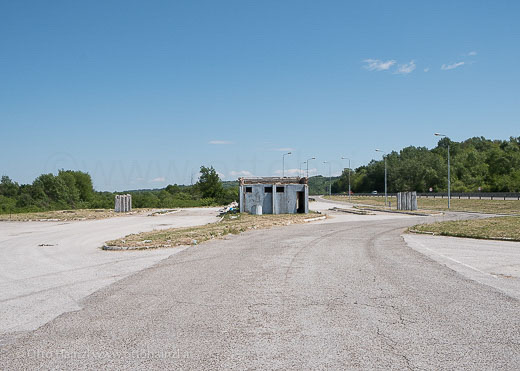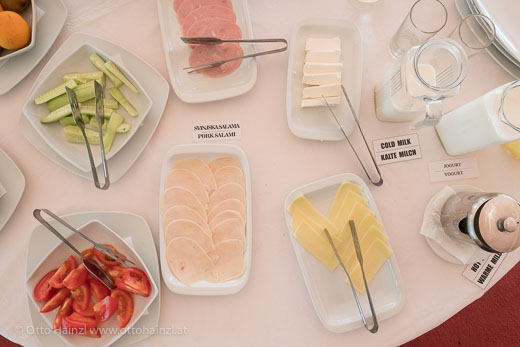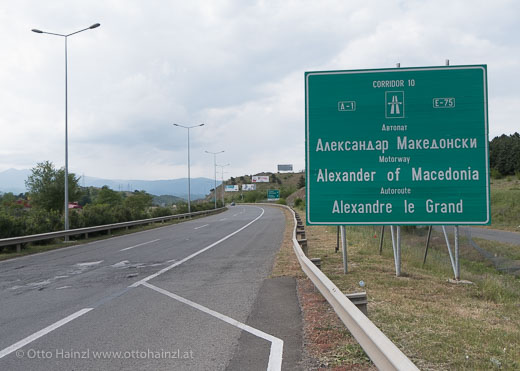Naturally, the E75 project does have a couple of conceptual cornerstones. They’re as simple as can be. To put them in a nutshell: I want to know more about the Europastrasse as such, so I’ll follow one of these roads from beginning to end, averaging a bit less than 100 km a day. That’s it.
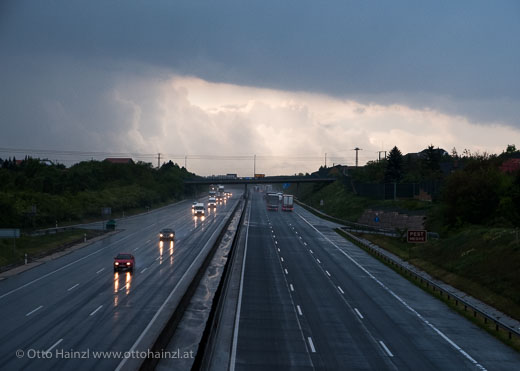
In motion on the Europastrasse
Such a simple approach gives rise to complex interconnections. Being constantly in motion has a certain effect on me. You see something. And while you’re reflecting on it, you’re already somewhere else. Obvious example: when I eat olives here in Hungary that I bought in Greece, with dinars in my wallet instead of forint while I’m already trying to remember whether or not Slovakia uses the Euro, I notice that I’m relentlessly in motion.
How often I’d like to switch into tourist-mode, stay a bit longer somewhere, be tickled by a muse (the Muses, after all, are at home in Greece)—but I Continue reading
